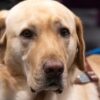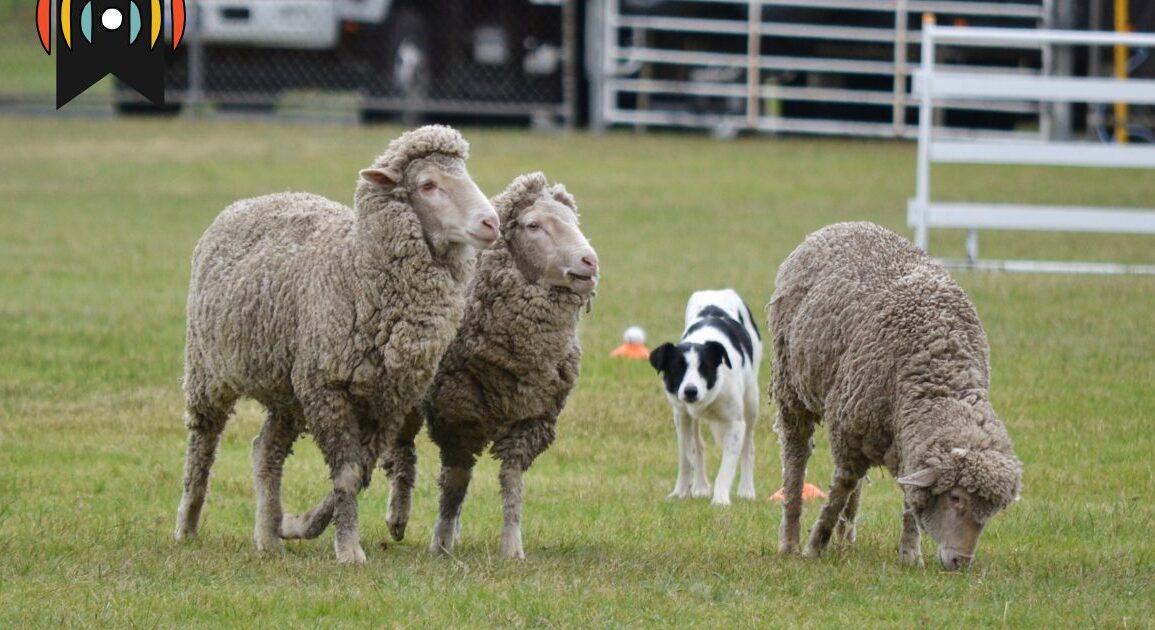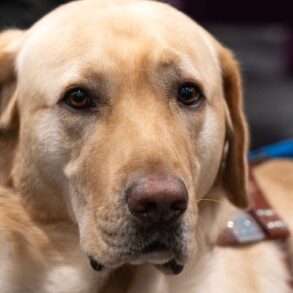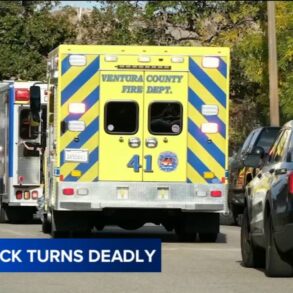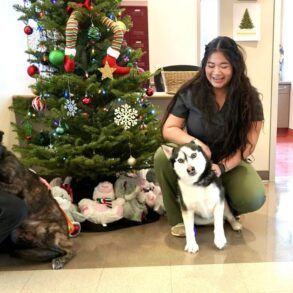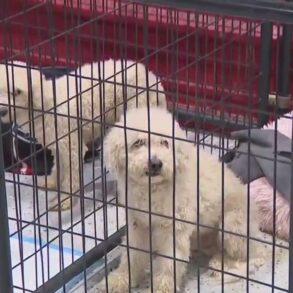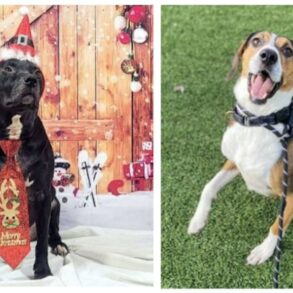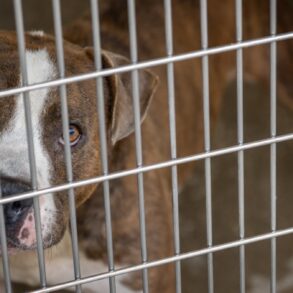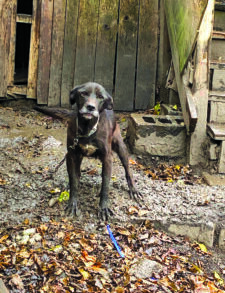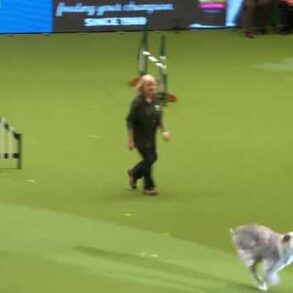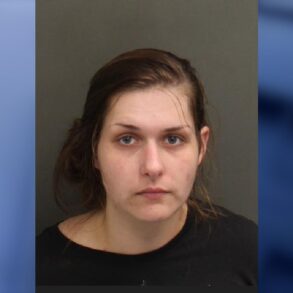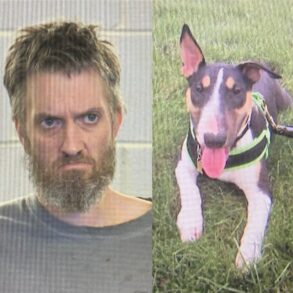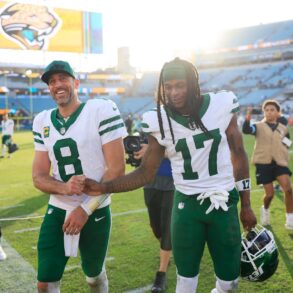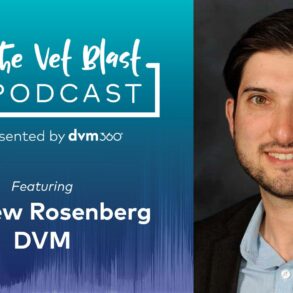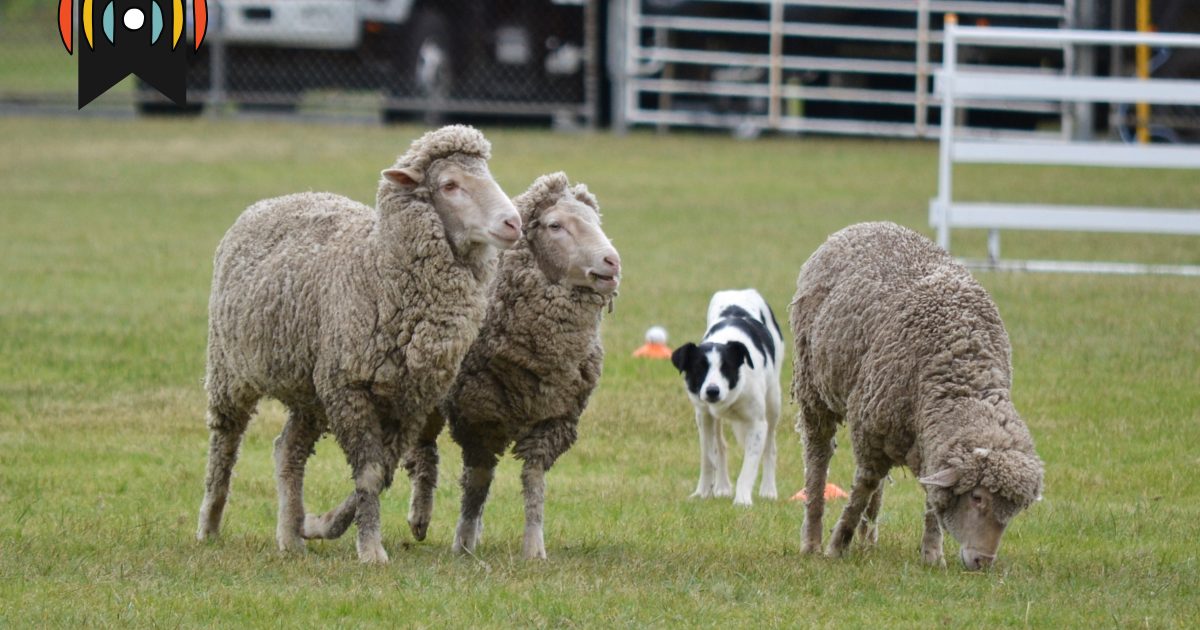
LINDSAY MAST, HOST: Today is Wednesday, October 9th.
Thank you for turning to WORLD Radio to help start your day.
Good morning! I’m Lindsay Mast.
NICK EICHER, HOST: And I’m Nick Eicher.
Coming next on The World and Everything in It: dog training.
Down in Australia, they say their economy “rides on the backs of sheep” because of the importance of lamb meat and wool.
But every year or so there’s a story about “the one that got away”—the rogue sheep that lived in the bush for 6 years and came out wearing 78 pounds of wool. Without the support of sheepdogs, the country would be overrun with overgrown sheep.
MAST: WORLD correspondent Amy Lewis attended a sheepdog championship where she met some sheepdog owners and trainers who talked about how vital these dogs are in Australia.
LEANING: Andy. Andy, look out. Off you go. [Bark] Hey.
AMY LEWIS: Five dogs run in a side yard at the Geelong Showgrounds. They chase each other around owner Simon Leaning’s legs. They pause then try to round each other up in the shadow of a giant windmill. It’s been a full second day of finals between Australia’s and New Zealand’s best sheepdogs.
LEANING: Every dog’s trainable to a certain level. What we’re talking about in a championship like this is the best of the best, the Formula One of the sheep dogs.
Simon traveled 2000 miles from Western Australia to try his dogs against hundreds of others to see which ones could navigate sheep from Point A to Point B most efficiently. Simon offered commentary on the livestream when he wasn’t competing.
LEANING AS COMMENTATOR: Stuart Child is our first competitor for New Zealand. He’s got a four-year-old border collie, Diesel. Stuart and Diesel, ready to go. Whistle’s gone. And Diesel’s sent out on a right-hand cast.
Sheep outnumber people in New Zealand and Australia by 4 to 1. A typical farm might run 3000 sheep. Simon keeps only a few hundred.
LEANING: Originally, I had dogs because I had sheep, and I needed to get the sheep in from out of the paddocks and into the yards, and to work through the yards. But more and more now I’m teaching people how to do this. So I have sheep to work my dogs. It’s a reverse.
In the competition, the owner stands in the handler’s circle. He communicates with his dog to move three sheep in an open paddock through a set pattern—in 15 minutes. It’s an obstacle course with a fence gap, a chute or race, a bridge, and a pen. It’s an intense version of the dog’s everyday job.
Mathematically, three sheep should be a thousand times easier to move than 3000 sheep.
LEANING: They don’t like to be on their own in threes. They much prefer to be, much more comfortable in a mob. And a big mob is, whilst it has its own problems, they’ll move much easier than three sheep. Three sheep can often split and run and panic.
To get to the finals, Simon first has to prove himself in the interstate challenges. He and his black-and-white collie Di take the field. At the far end, the gate opens and three sheep leap out of the pen. Simon casts Di in a wide left arc to gather them.
At his whistle, she drops to a crawl and darts left then right. It will take her and Simon 3 or 4 minutes to quiet the sheep and acclimate them before they even navigate any of the obstacles.
COMMENTATOR: These sheep seem to be taking a liking to Di…oops.
The dog’s training gets tested when a sheep stamps its foot at the dog or rushes in for a head butt.
HUDSON: Dogs have got to be educated to work stock properly. They’re not to bite them if they get confronted. They’ve got to learn to walk up and deal with that and move the sheep off them. And they’ve got to listen to you…
That’s Australian Mick Hudson. His dog received the second highest score all week. Most of the dogs, including his, are border collies. But there are some Australian Kelpies—who come with a natural herding instinct…
LEANING: And there’s a saying in sheepdog work, that when we ask a border collie to do something, they say, what next? When you ask a Kelpie to do something, he says, what for?
Without a special password like “Baa-Ram-Ewe,” owners depend on a set of commands or whistles. Hudson talks to his dog Rabbit in English.
HUDSON: ‘Come on’ means walk forward. ‘Behind’ means go anti-clockwise. ‘Here’ means go clockwise. ‘Stop’ means stop.
AUDIO [Whistles]
Simon often uses a whistle.
LEANING: When you start communicating using voice, humans are pretty good at getting annoyed, and so the voice command changes. So whistles are very consistent.
The sheep trot toward the last obstacle—the pen. Di circles behind them, zigging and zagging to keep them in the lane.
COMMENTATOR: Simon steps out of the ring, and he’s got plenty of time left, and he’s closing the gate. And give him a big hand. That’s Simon Leaning, first time representing Western Australia and his great little dog Marionvale Di.
Simon and his dog score 80 out of a hundred. They come in ninth overall and fifth in the Improver Finals. But only the top four compete against New Zealand’s top four. And win.
ANNOUNCER: Well done, Leo and Roxie!
For 30 years Simon worked with troubled youth as a police officer before he started training dogs full time.
LEANING: I think there’s some skills in training dogs that are very relevant to training people as well, communication skills and working livestock, because there’s a principle of training, which is called ‘pressure and relief.’ And if you understand when to give relief, it’s a good skill to pass on to humans to give relief when they’re under pressure. A lot of the training is a little bit of therapy, that’s for sure.
Australia’s dogs have value beyond winning championships against New Zealand.
LEANING: They carry a big weight of work and support for rural communities. They’re invaluable and, and they are just often the savior for farmers. They’re their best mate. They’re someone not only to work with, but to talk to and they’re just beautiful animals to have around.
Reporting for WORLD, I’m Amy Lewis in Geelong, Victoria, Australia.
AUDIO: [Bird, bark]
WORLD Radio transcripts are created on a rush deadline. This text may not be in its final form and may be updated or revised in the future. Accuracy and availability may vary. The authoritative record of WORLD Radio programming is the audio record.
This post was originally published on this site be sure to check out more of their content.


